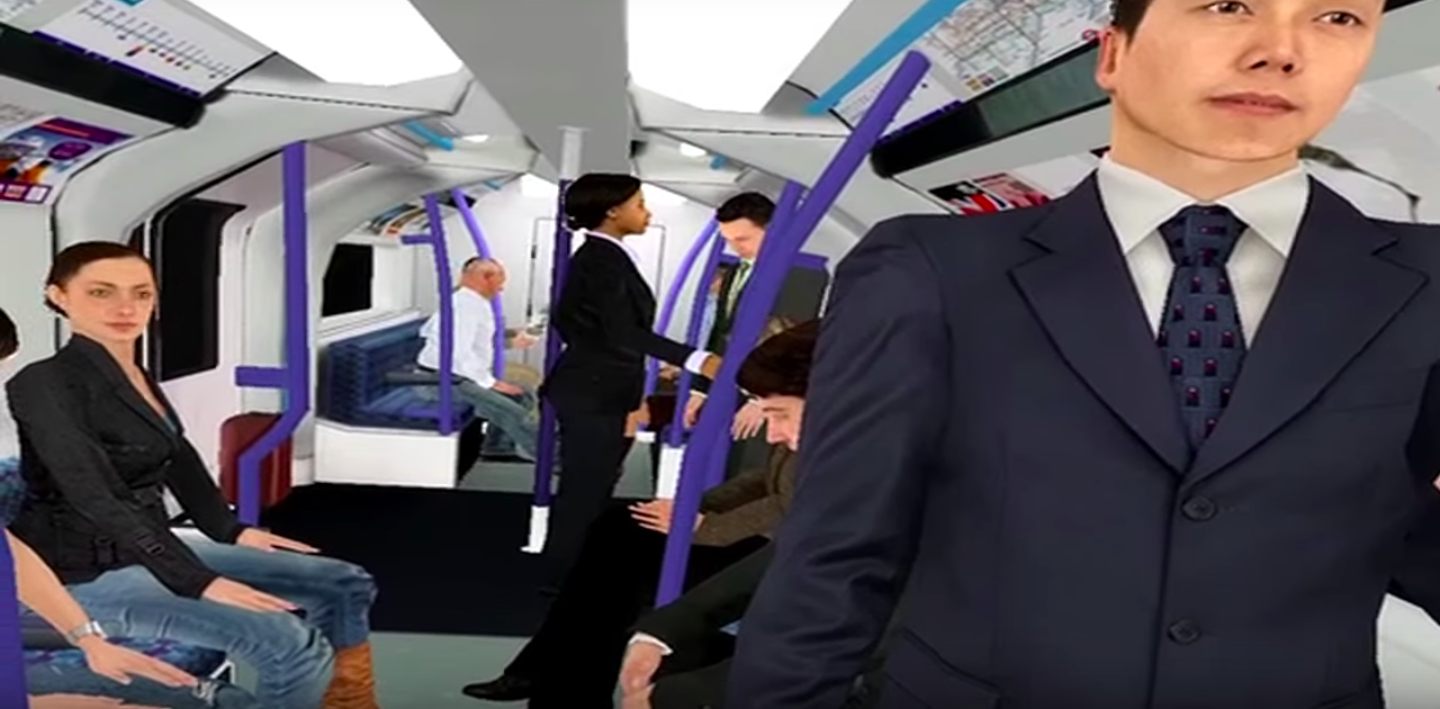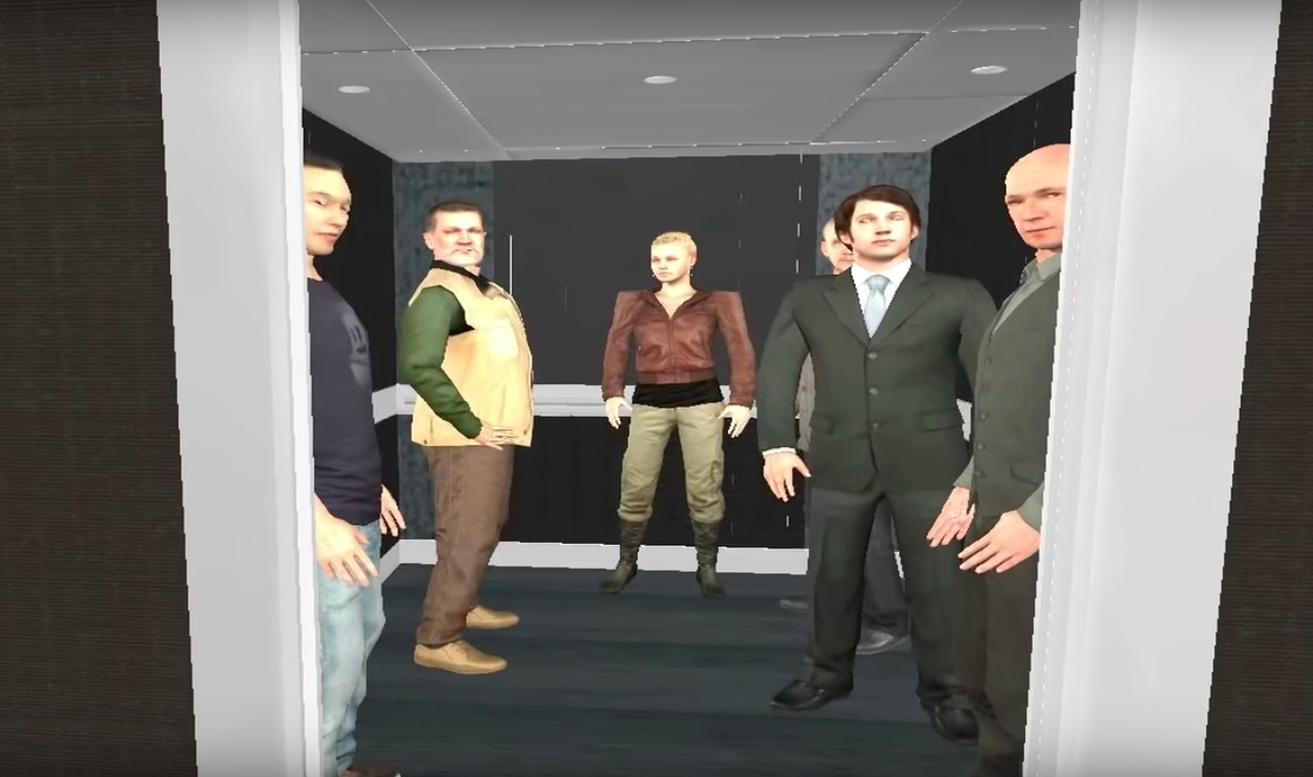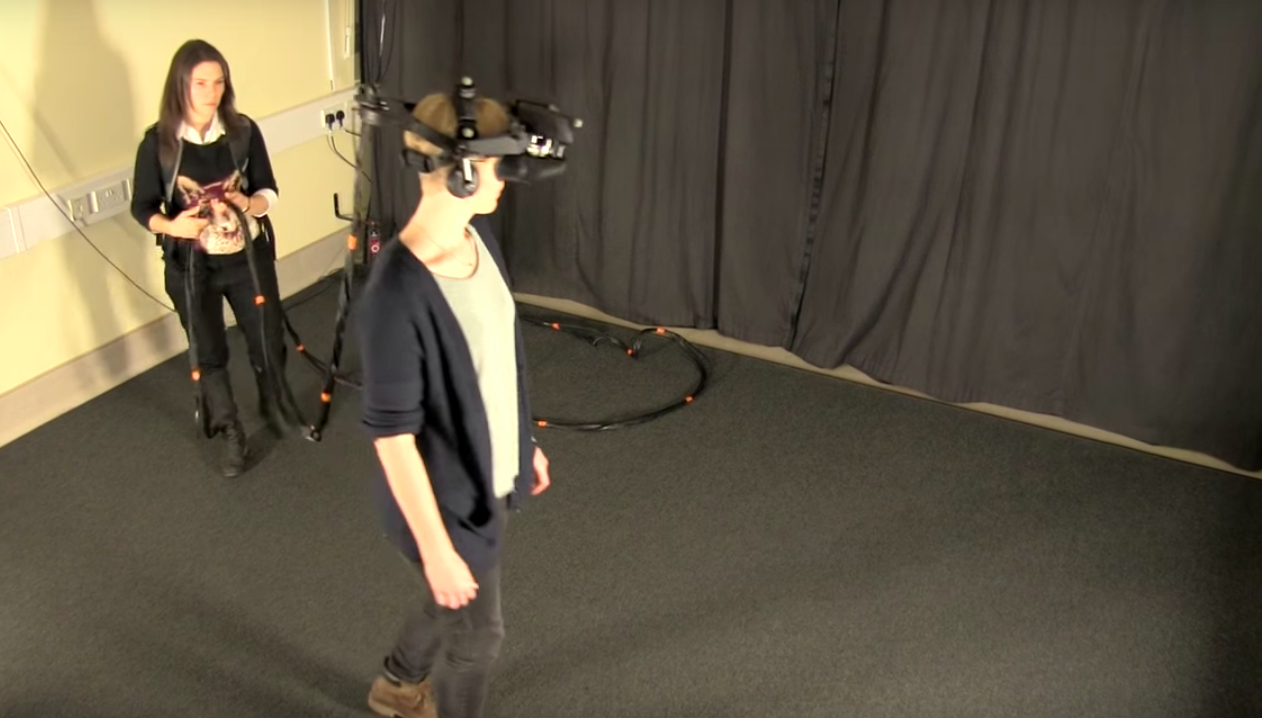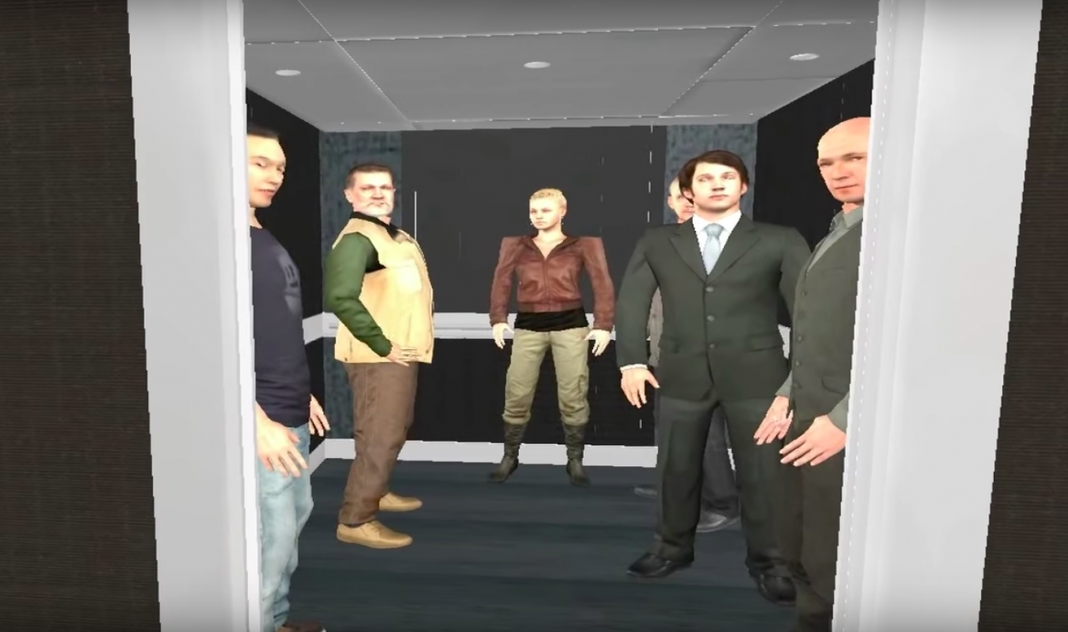Paranoia is one of the words we use frequently in our daily lives. The relationship between virtual reality paranoia starts with the “paranoid disorder” which is an ailment rather than the word we are used to. In paranoid personality disorder, people start skepticism for everyone around them. By shaping their lives by thinking that every event and people work for them, these people may also experience illnesses such as schizophrenia in the future.
Here in virtual reality studies focused on this disease. It makes people happy to think that the solutions will be faster for this ailment that makes it difficult to fight life, pushes people to serious decisions and actions that affect the future with daily plans. The most important problems of people struggling with this ailment are entering a period of heavy paranoia. Their paranoia starts to increase rapidly depending on some parameters in their lives. The feeling that this situation is dangerous or something bad will always be the first stage of perception. Solution suggestions come into play here. VR therapy has a promise to reduce paranoia levels to people dealing with this problem.
Treatment with Virtual Reality Paranoia Therapy
Let me remind you that virtual therapy does not come up with this issue immediately. Virtual therapy has been used since the 90s to confront and overcome people’s fears. Cognitive behavioral therapists have long confirmed the reliability of this VR use for a long time. More stable results were obtained by extending some VR uses every day.
The procedures begin as a result of the person to be treated conveys the events he / she has told himself and the forms he has defined to the expert. The analyzed characters are depicted very close to reality using 3D techniques. The person actually sees the places and people he thinks on the virtual reality application platform. The characters in front of the person interacting as he wishes continue their lives as described. These people are managed by various real experts and can give dynamic answers depending on the situation. In this way, the person has the opportunity to evaluate his actions more calmly after a while. The person who follows the results of sudden reactions and the patterns of change in his life is now beginning to continue his life in a more qualified way.
An applied example is as follows; A person who is afraid of the train and thinks that the train will get off the rails, starts to experience various possible situations as if they were real. After a while, it is not difficult to find out how difficult it will be for the person to get on the train.

The person who travels in this simulation for a while, after getting used to the environment, can focus on the thoughts he has established himself, and in this case, he moves away from the situation at any time without feeling pressure. In this way, enough simulators are not forced into a real experience until they want it.

Similarly, another subject is afraid of the elevator. Fears about the elevator appear right when the door is opened. Meanwhile, people take a glance at him “come on now” and fear of being closed in the same place with them disturbs the person. A person who lives with these thoughts likewise tries virtual reality glasses and gets better progress and experience when he starts to live in this simulation.
As in the example of the train, if the person feels ready after a while, he gets on a real elevator with the experts. The progress of patients is at a very micro scale for now, but experts think that experiences will be very important cornerstones in producing future technologies.
Oxford University employee Dr. Angus Antley says there will be a much higher success rate in future studies. He says that in the near future, every clinic will have this kind of simulation room. Dr. Angus Antley believes that by improving this kind of experience of people, he will also speed up the treatment of hereditary diseases since the world history.
It is thought that a better working ecosystem will be presented as a result of these studies developed jointly by Oxford University psychiatry and computer science departments. In the technologies designed in the future, it is aimed that people use such systems with more portable devices in their daily lives.

It is unfortunately not possible to use these methods at every moment of life because of the size of the current virtual reality apparatus, but it is known that in the near future all kinds of paranoia treatment will be realized with virtual reality hardware and software.









[…] hayatımıza direkt etkileri ilginizi çekiyorsa sanal gerçeklik ile paranoya tedavisi yazımıza da göz […]